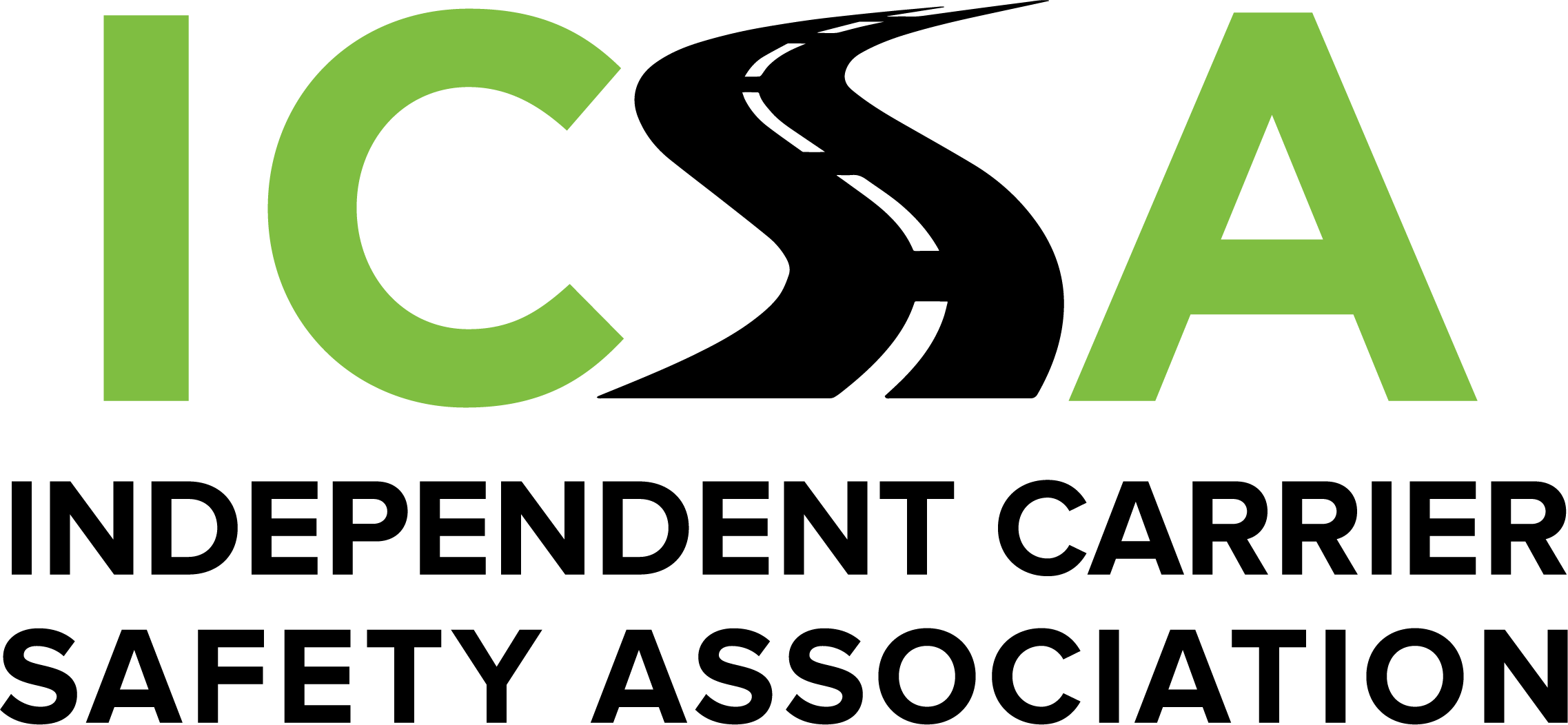Aggressive driving has become a topic of concern over the last few decades, and for good reason. I’m sure you have seen an increase out on the road as well. AAA found that road rage incidents increased nearly 7% each year within 1990 and 1996, only getting progressively worse. As a professional driver, you need to be prepared for aggressive drivers and know ahead of time how YOU will respond.
In studies of anger and aggressive driving, counseling psychologists found that people who identified themselves as high-anger drivers differ from low-anger drivers in five keyways:
- They engage in hostile, aggressive thinking. They’re more likely to insult other drivers or express disbelief about the way others drive. Their thoughts also turn more often to revenge, which sometimes means physical harm.
- They take more risks on the road. High-anger drivers are more likely to go 10 to 20 mph over the speed limit, rapidly switch lanes, tailgate, and enter an intersection even though the light has turned red.
- High-anger drivers get angry faster and behave more aggressively. They’re more likely to swear or name-call, to yell at other drivers, to honk in anger. And they’re more likely to be angry not just behind the wheel, but throughout the day.
- High-anger drivers had twice as many car accidents in driving simulations. They also report more near accidents and get more tickets for speeding.
- Short-fused drivers experience more traits of anger, anxiety, and impulsiveness.
Perhaps from work or home stress, high-anger drivers are more likely to get in the vehicle angry; they also tend to express their anger outward and act impulsively.
What should you do if you’re an aggressive driver or if you’re the target of an aggressive driver? The tips below will help you address aggressive driving and may even save your life! ICSA urges you to share this information with other drivers or employees.
If you tend to be aggressive:
- Get plenty of rest. Fatigue can destroy your self-control. Visualize what your behavior would look like in public.
- Don’t be in a rush. Give yourself ample time to get to your destination and understand where you are driving.
- Be a cautious and courteous driver. Relax and let other motorists pass you, comfortably merge, and take the right-of-way.
- Remember, all drivers make mistakes. Resist the urge to teach them a lesson. Don't make inappropriate hand or facial gestures.
- Lead by example. Drive the way you want other people to drive. This may mean having to swallow your pride and back away from aggression.
If you’re the target of an aggressive driver:
- If you are being tailgated, change lanes, and get out of the way.
- Safely take an unintended turn or highway exit to get away from someone who may be targeting you.
- Take the high road by giving an "I'm sorry" wave of your hand no matter if you are in the right or if you did make a mistake. Courtesy matters a great deal.
- Don’t make matters worse by triggering a confrontation. Avoid eye contact and steer clear, giving angry drivers plenty of room.
- If the other driver is a danger to the public, note their license plate, vehicle make, and the details of your interaction and report this to the authorities as soon as you are clear of the immediate situation.
- If a driver continues to hassle you or you think you are being followed, drive on to the nearest police station or busy place to get help.
Follow these tips to reduce aggressive driving, whether you tend to be the aggressor or are the target and arrive safely at your destination.
Sources: https://www.apa.org/topics/anger/control https://www.apa.org/topics/anger/road-rage


